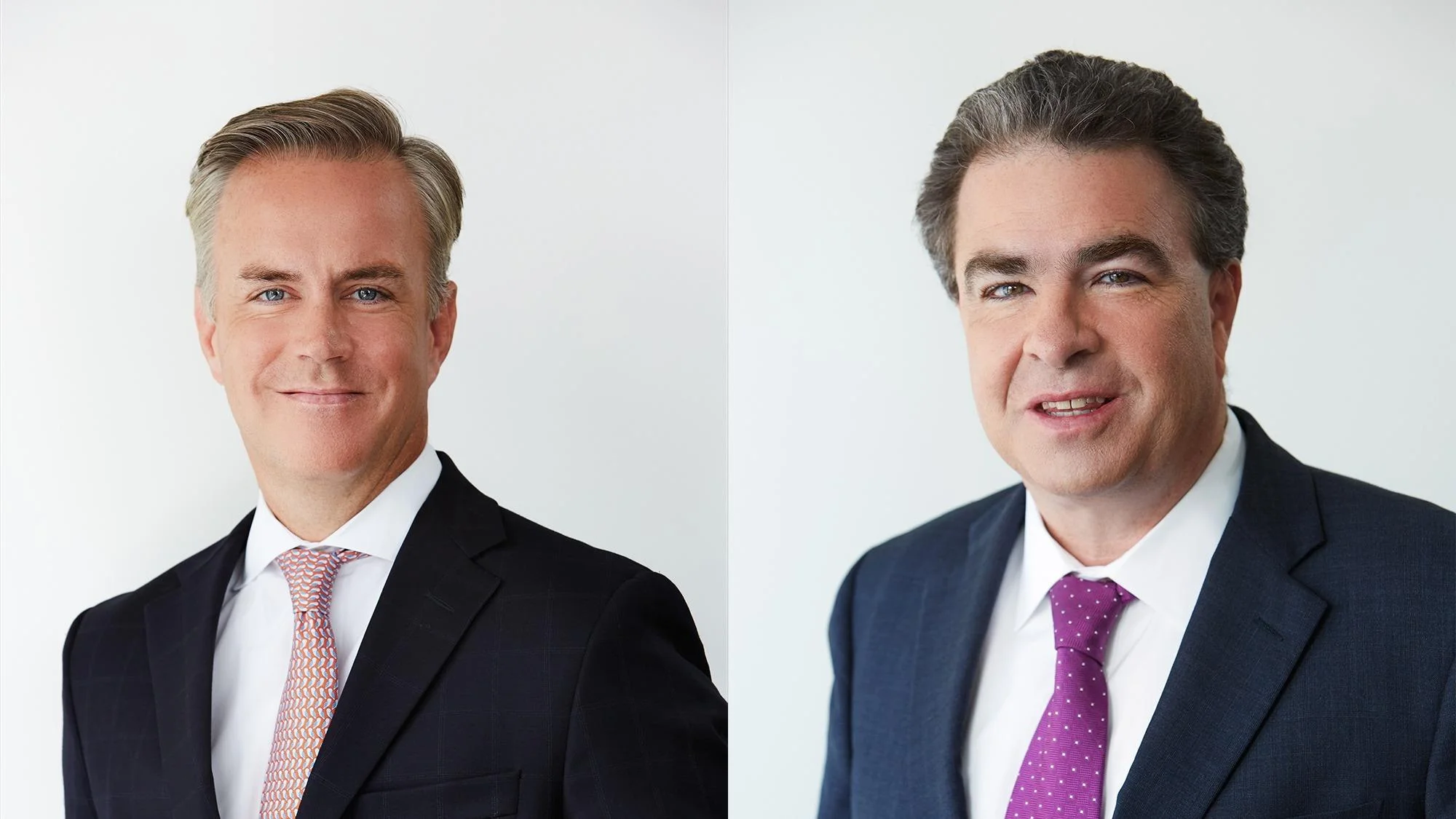Tariff uncertainties may have significant implications for the U.S. property and casualty insurance market, potentially leading to increased costs and economic fluctuations. This assessment comes from Dr. Michel Léonard, the chief economist at the Insurance Information Institute (Triple-I). The current economic environment could alter underwriting strategies due to risks associated with supply chain disruptions that impact replacement costs.
Dr. Léonard is prepared to discuss various tariff scenarios and their effects on the insurance industry. He will also explore issues related to tariff evasion and whether tariffed goods are still feasible options.
In examining the insurance implications, Léonard highlights three possible P/C replacement cost scenarios depending on tariff levels:
- Single-digit tariffs with available inventories might lead to higher prices below the tariff's rate.
- Single-digit tariffs on goods remaining economically viable after tariffs could see prices rise to the tariff's rate.
- Single and double-digit tariffs on non-viable goods would result in a multiplication of pre-tariff prices due to tariff evasion.
"While there is no crystal ball for predicting the future, careful risk underwriting and effective risk management indicate the importance of using various scenarios and wider price ranges for different tariff levels,” said Léonard. “The more accurately a tariff rate is set, the greater the effect on actual increases in insurance prices.”

